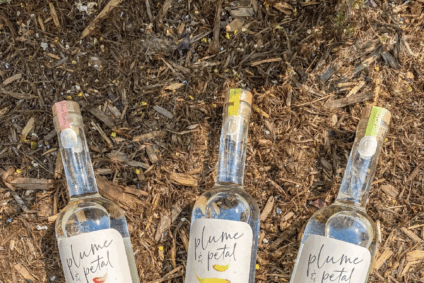The Physical Process of Making Wine: Red, White, and Rosé

Wine making is an intricate process that transforms simple grapes into a delightful beverage enjoyed worldwide. The journey from vine to glass involves several key steps, varying slightly depending on the type of wine being produced—red, white, or rosé.
Harvesting:
The process begins with harvesting, where grapes are picked at their peak ripeness. This can be done by hand or with machines, ensuring the grapes are collected carefully to prevent damage. The timing of the harvest is crucial, as it affects the acidity, sweetness, and overall flavor of the wine.
Crushing and Pressing:
After harvesting, grapes are sorted and destemmed. For red wine, the grapes are crushed, and the juice, skins, seeds, and stems are all transferred to fermentation tanks. This is essential for extracting color and tannins from the skins. In contrast, for white wine, grapes are pressed immediately after crushing, separating the juice from the skins to avoid color extraction.
Fermentation:
Fermentation is where the magic happens. For red wine, the mixture of juice, skins, and seeds (called must) is fermented at higher temperatures to extract deep flavors and colors. This process can take anywhere from a few days to several weeks. White wine, on the other hand, is fermented at cooler temperatures to preserve its delicate and fruity flavors. Yeast is added to the grape juice, converting sugars into alcohol and carbon dioxide.
Pressing and Clarification (Red Wine):
Once fermentation is complete, red wine undergoes pressing to separate the liquid from the solid grape material. The wine is then clarified through racking, where it is transferred from one container to another, leaving sediment behind. Additional fining agents may be added to remove any remaining particles.
Aging:
After clarification, wines are aged to develop their flavors. Red wines often spend time in oak barrels, which impart complex flavors and tannins. White wines can also be aged in oak, but stainless steel tanks are commonly used to maintain their fresh and crisp character. The aging process can last from a few months to several years, depending on the desired wine style.
Blending and Bottling:
For rosé, the process can vary. One method involves using red grape varieties but with minimal skin contact, resulting in a pink hue. Another method blends red and white wines. Once the desired flavors are achieved, wines are filtered and stabilized before bottling. Proper corking and labeling follow, and the wine is finally ready for distribution and enjoyment.
From the initial harvest to the final bottling, winemaking is a meticulous process that combines art and science. Each step, tailored to the type of wine, contributes to the unique characteristics and quality of the final product, ensuring that every sip is a testament to the winemaker’s skill and dedication.

